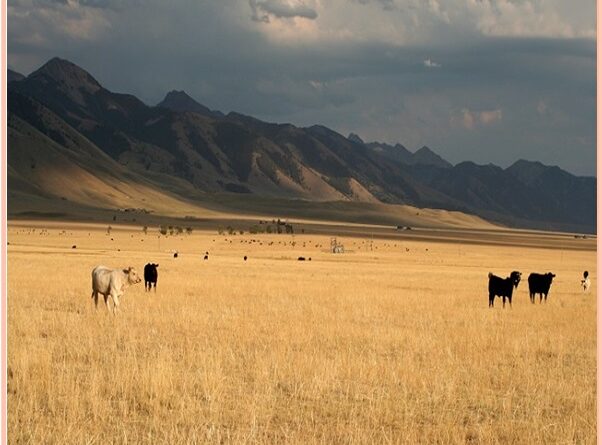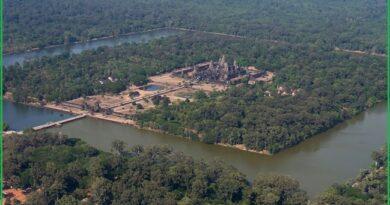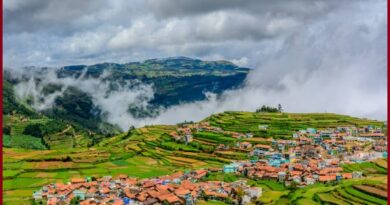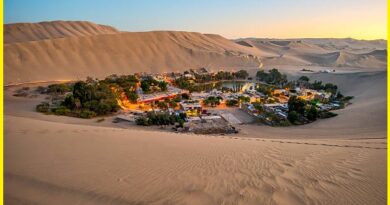The Great Plains USA: History, Facts, Map And Geology
The Great Plains USA
The Great Plains USA is a vast and beautiful flatland in North America that covers parts of 10 states in the Midwest and the Great Plains region of the country. It is located west of the Mississippi River and east of the Rocky Mountains and much of it is covered in prairie, steppe, and grassland. The region was once home to millions of bison, and its wide-open spaces and rugged beauty have inspired writers, artists, and musicians for centuries. The Great Plains are a major agricultural region and contain some of the most productive lands in the United States. The Great Plains stretch out across 805 kilometres. Although the flat and expansive landscape of the Great Plains may appear to be rather boring and without much life, the plains have, in fact, A great geological and ecological zone reaching as far south as Texas and running north well into Canada. The states that make up the Great Plains region include Texas, Oklahoma, Nebraska, Kansas, South Dakota, and North Dakota, as well as parts of Colorado, New Mexico, Wyoming and Montana. See the Great plains Map.
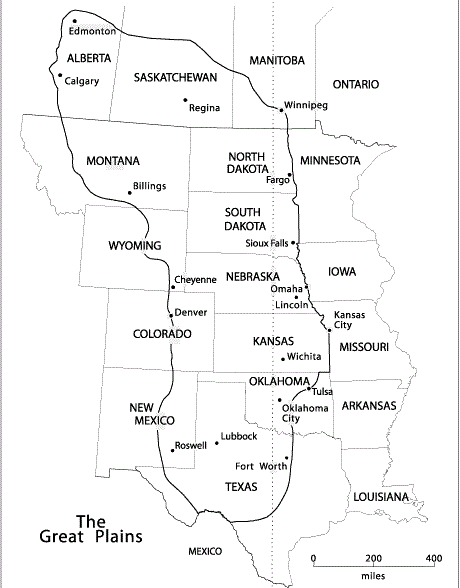
The Great Plains USA have a great historical background. The first Europeans to visit the area were the Spanish, who arrived in the 16th century. The Great Plains were later explored by the French, who built a number of settlements in the region. The British also explored the area, and in 1784 they established a fort near the present-day city of Wichita. The United States acquired the region from Mexico in 1848, and in 1871 Congress created the Great Plains Reservation, which encompassed most of the area now known as the Great Plains State Park. The reservation was later reduced in size, and in 1911 it was divided into the present-day states of Kansas and Oklahoma.
The Great Plain on the USA map
If one can ask where is Great plain located on a map, the answer is-The Great Plains lie between the Rio Grande in the south and the delta of the Mackenzie River at the Arctic Ocean in the north. Between the Interior Lowland and the Canadian Shield on the east and the Rocky Mountains on the west. The great plain location on the map shows that the Central lowlands and the Rocky Mountains, two main geomorphic features are adjacent to the Great plain. The great plain world map encompasses all the major features, it can be downloaded from the internet.

Geology of the area
The Great Plains USA spans 725,000 square km of flat “high plains,” bordered to the west by the Rocky Mountains and east by the Central Lowlands. The Great Plains slope downward to the east, with maximum heights in the foothills of the Rockies at 1,700 m decreasing to 610 m. The bedrock is horizontal beds of sandstones, shales, limestones, conglomerates, and lignite. The High Plains region in the centre of the Great Plains is overlain by alluvial sediments from the Rocky Mountains by streams flowing in the area. In the northern Great Plains, glacial till overlies the Mesozoic rock. This area is also populated by small mountain groups caused by igneous activity and uplift. Most notable of these is the Black Hills, a region of forested slopes with deep valleys cut by streams rising from the surrounding semiarid plains. The presidential carving of Mount Rushmore is in the Black Hills, in Precambrian crystalline rocks.
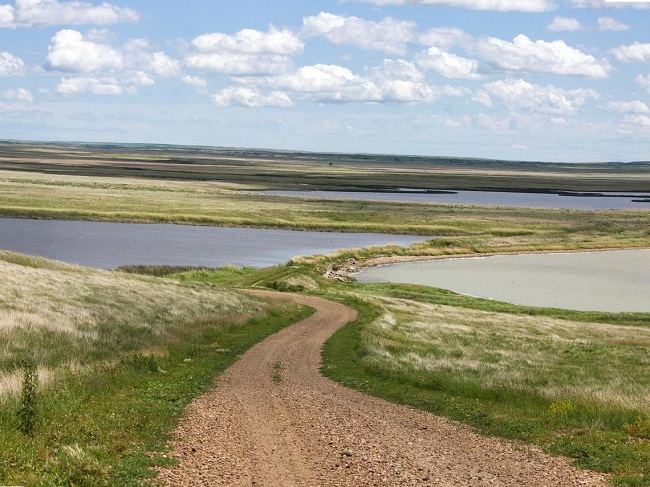
Coal, petroleum, and natural gas are mined extensively throughout the Great Plains. Homestake Mine in the Black Hills of South Dakota is one of the most important gold mines in the country, with excavation taking place up to 1.5 k beneath the surface. This gold occurs in metamorphosed Precambrian sediments.
Landscapes in The Great Plains USA?
The plains are characterized by flat, rolling hills and wide, open spaces. It is a major agricultural region, and crops such as wheat, corn, and soybeans are grown there. The climate in the Great Plains is generally hot and dry. The area experiences a great deal of variation in weather, but most of the time it is hot and dry. The Great Plains are made up of seven states: Nebraska, Kansas, Oklahoma, Texas, New Mexico, and Colorado, and some major cities, including Denver, Omaha, Kansas City, and Wichita.
Also read- Sa Pa Vietnam: A Magical Place For Trekking in Granite Massif
Great plains tribes
The Great Plains USA were inhabited by many tribes, including the Kiowa, Comanche, Arapaho, Cheyenne, and Sioux. The tribes hunted bison and other large game and traded with other tribes. The settlers who came to the Great Plains in the late 1800s did not encounter any of the tribes, and most of them were killed or moved away by the early 1900s. Great Salt Plains is a reservoir located within the Salt Plains National Wildlife Refuge in Alfalfa County, Oklahoma. It is named because of the salt flats in the area and for the Salt Fork, Arkansas River dammed to form the lake. Salt plain is notable for the variety of birds that are attracted to Ralstin Island and also for the selenite crystals that can be collected along the shoreline. The park was designated a World Heritage Site by UNESCO in 1984.
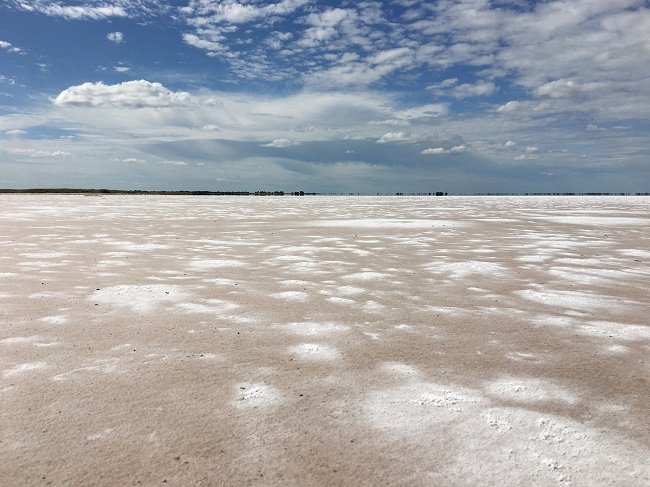
Museum of the great plains USA
The Museum of the Great Plains is located in Hutchinson, Kansas, and is dedicated to the history of the Great Plains. The museum has exhibits on the history of the region, its people, and its economy. The museum also has a research library and a gallery that hosts exhibitions on art from the Great Plains. The Great Plains Zoo is located in Hutchinson, Kansas. The zoo is home to more than 1,000 animals, including lions, tigers, and bears. The zoo is also home to a children’s zoo, a botanical garden, and a butterfly garden.
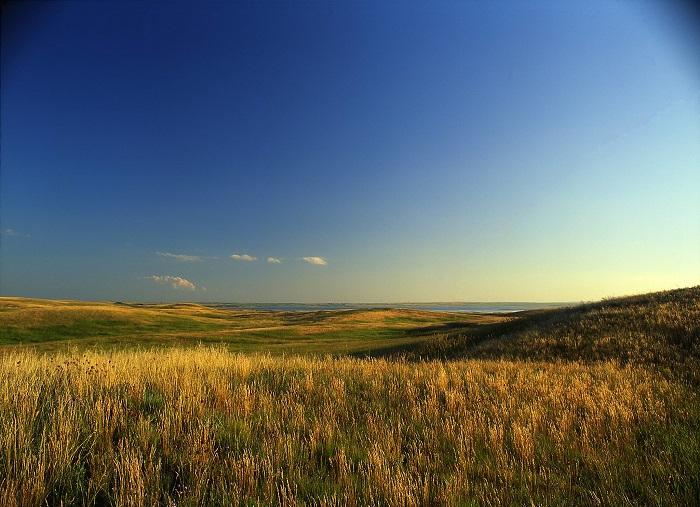
The great plains Area of the USA is so famous, that many names have derived from it. The Great Plains National Bank is one of the oldest banks in the United States. The bank was founded in 1871 and is headquartered in Wichita, Kansas. The Great Plains Technology Centre is a research and development centre in the Great Plains region of the United States. The centre was founded in 1988 and is a member of the Association for Research in Science and Technology. The Great Plains USA is a unique and fascinating area of the country that offers something for everyone. Whether you are interested in history, culture, nature, or the cities, you will find something to enjoy in The Great Plains USA. Just like the USA, The Great Plains of India (Indo-Gangetic plains) is a large geographical area encompassing the fertile plains that lie between the Indus river and the Ganga river. It is one of the most fertile landmasses on the Indian territory, these plains are suitable for farming, cultivation and crop production.
The Great Plains fun facts and Activity
The Great Plains USA are a broad expanse of flat land and much of it is covered in prairie, steppe, and grassland. The region is not a desert but semi-arid with an average rainfall of 10-20 inches per year. The High Plains has one of the lowest population densities of any region in the continental United States. Natural vegetation in the Great Plains is dominated by grasses and prairie in the east and shortgrass and bunchgrass steppes in the west. These grasslands include forbs and larger plants such as the yucca and the prickly pear cactus in marginal areas. The shrubs and some small trees included the mesquite and the sagebrush. The Great Plains USA are home to a variety of wildlife, including bison, elk, and pronghorn.
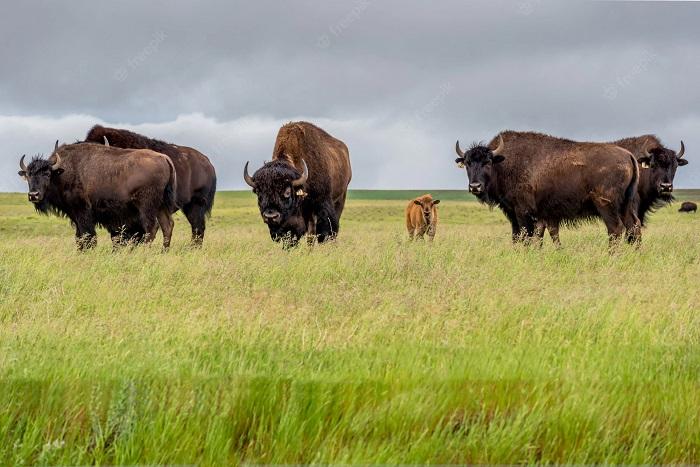
The largest cities in the Great plains USA are Edmonton and Calgary in Alberta and Denver in Colorado, known for the Great Plain’s fun facts activities. Some smaller cities include Saskatoon and Regina in Saskatchewan, Amarillo, Lubbock, Odessa in Texas, and Oklahoma City in Oklahoma. The Great Plains contribute substantially to wind power in the United States.
